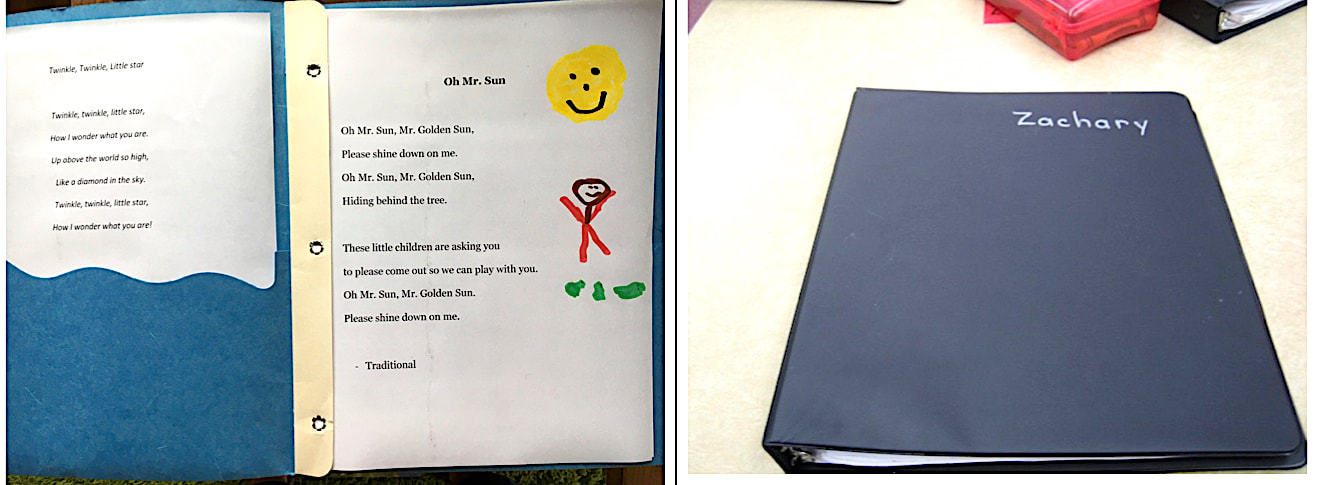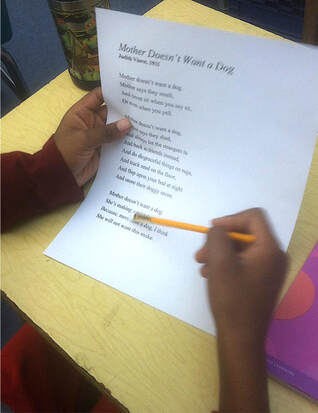|
… whether or not we knew them we are saying thank you… - W. S. Merwin I’m a regular reader of poetry. Sometimes I’ll read online at the Poetry Foundation site or my friend Gloria will email me a poem. But most often I read from one of my collections. I enjoy holding a book in my hand, reading and re-reading a poem while curled in a comfy chair next to the pellet stove (winter) or in the shade of a big oak (spring, summer, and fall). Some of my favorites are found in collections written by Mary Oliver, Billy Collins, Gary Snyder, and Maya Angelou or collected in anthologies, where I contemplate the words of Rilke and Rumi. The poet I’m loving right now is W.S. Merwin, whose unpunctuated, uncapitalized lines can be read in any number of ways. Amazingly, each version is a surprise and revelation. If you’re interested, I’d suggest Thanks, a beautiful entry point to his poetry. Poems can play an important part of early reading instruction because they lend themselves to practicing a wide variety of literacy elements, including vocabulary, speaking and listening, genre and author study, phonic-spelling patterns, and comprehension through close reading. Additionally, they can be used for shared reading, small group reading, and independent reading. Finally, most children find poems engaging and enjoy reading them. I attribute this to their brevity, rhythm and rhyme, and ability to evoke a wide variety of feelings and wonderment. One of the great things about poems is that you can easily use them to help students build fluency, especially the components of accuracy and expression. It’s all done through repeated reading. Here’s on possibility for instruction that combines language comprehension and word recognition. First, find three poems of varying levels. Then consider this three-day routine, which you can unfold over two weeks. It contains a good deal of repeated reading, as well as teaches vocabulary, comprehension, and speaking and listening. Three-day Routine First Day (15 -20 minutes)
Personal Poetry Anthologies Personal poetry anthologies grow and expand as the months goes by, reflecting a child’s reading preferences. Each poem in the anthology provides an opportunity for students to engage in re-reading, build their fluency, and share their reading with others. Regardless of whether or not you use the 3-day routine, put a previously read poem into a binder or folder with the students name on it. I give students the option to take a second or even third poem, each typically at a different level of difficulty. Thus, after two months, some children will have a dozen poems in their anthology while others may have only four or five. If your budget and/or storage space is limited, store poems in a two-pocket folder with or without fasteners. If you don’t use fasteners, I suggest gradually stapling the poems into packets of six to eight (so papers don’t go flying if the poems fall out). Photos: Two examples of poetry anthologies
Here’s a list for students giving options for poetry anthologies: During independent reading time, you can read…
Teaching Tip Fluent reading unfolds smoothly, with expression and in broad brushstrokes of phrasing. To drive the point home, put out a container filled with small paintbrushes. Then allow your students to take a paintbrush and re-read a poem or passage by pulling the brush smoothly below the sentences It’s a kinesthetic trick that keeps kids engaged as they re-read. Encourage the reading of phrases, smoothly, in broad strokes. Read like a painter, not…like…a…pointer! |
Mark WeaklandI am a teacher, literacy consultant, author, musician, nature lover, and life long learner.
|



 RSS Feed
RSS Feed